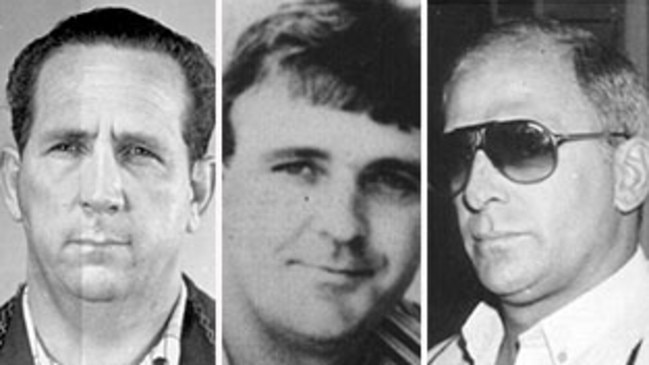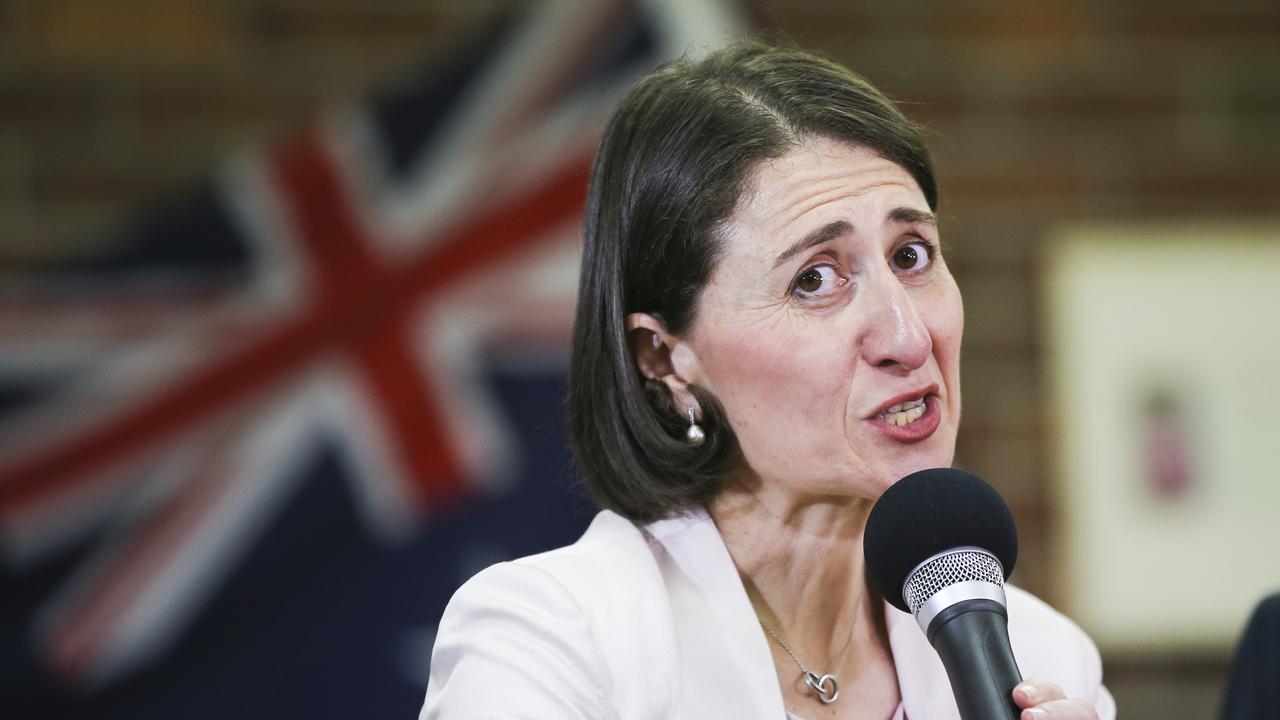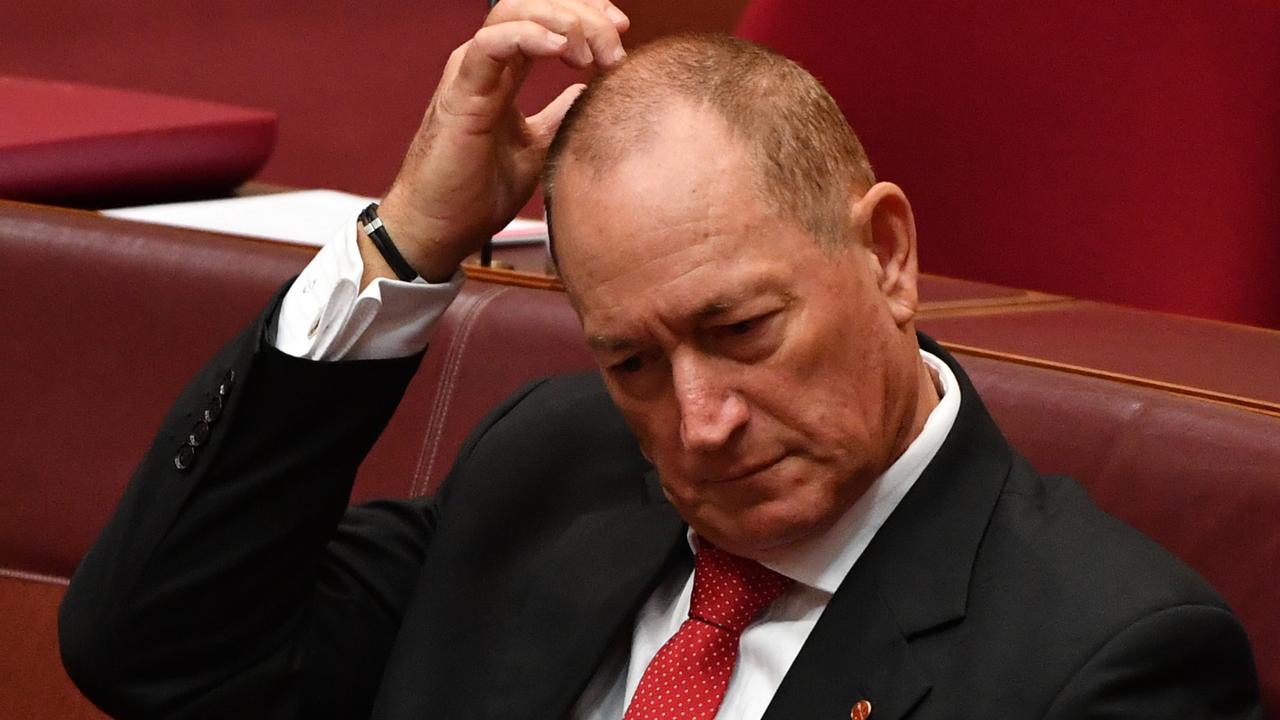What makes a violent man — nature vs nurture or choice?


Charlie Manson is dead. Fetch me a bin liner. I could make that funeral quick and inexpensive I assure you.
In the wake of Manson’s long overdue demise there were a great many catastrophically bad opinions expressed.
Chuck Woolery, a former television host and Hollywood conservative does a podcast (doesn’t everyone these days?) with fellow weirdo, Mark Young. It sounds as many podcasts do, as if two drunk men are sitting in a garage with a cheap microphone trying to outdo each other with increasingly stupid takes.
Woolery thinks Manson was an early supporter of the antifa (anti-fascist movement) and further that had Charlie been allowed to vote, he would have scratched a swastika in the box alongside Bernie Saunders’ name. By Woolery’s logic Jeffrey Dahmer would be a Reaganite, preferring to opt out of the expensive food stamp welfare program and make his own sandwiches.
Sadly it got a lot worse. On the other side of the political aisle, there were some appalling attempts to evoke sympathy for the man who facilitated and urged his followers to commit the most appalling deeds known as the Tate-Labianca murders in Los Angeles in 1969.
This week in the LA Times, author and columnist David L. Ulin argued that Manson was a product of a lousy upbringing. His evil, Ulin said, was the special evil that only other humans can create. In other words, Manson himself was a victim and became one when he was a kid, beaten and humiliated by his guardians. At that point, Ulin’s argument goes, the die was cast and Manson moved almost involuntarily to mass murder in adulthood.

A tough, violent childhood does not necessarily lead to a life of violent crime. The notion that it does is simplistic myth making.
We have our own examples in Australia. I’ve long been fascinated by the fact that many of our gangsters in days of yore almost to a man spent time in reformatories when they were children. These places were terrible, run along the British borstal system which encouraged the oldest boys to administer discipline to the young ones and when they didn’t the guards would.
John Frederick “Chow” Hayes, Lennie “Mr Big” McPherson, Stan “The Man” Smith, George Freeman, Arthur Stanley “Neddy” Smith, Chris “Mr Rentakill” Flannery — some of the most notorious figures in our criminal history were at one time or another banged up in boys’ homes.
Due to their accelerated criminal development as youths, all entered reformatories as children at 13 or 14 years of age and were subject to physical and sexual abuse.
McPherson used to speak openly about being raped at Gosford Boys’ Home.
McPherson, Stan Smith and Freeman, the triumvirate that controlled the Sydney crime scene for three decades up to the mid-1990s, shared horrendous experiences of boys’ homes. Like so many others, they gravitated to more serious crimes as adults and spent time in prison. By the time they got out in their early 20s, they were very angry young men. They had been victims and determined they would never be victims again.
For a time, all three would explode into rage at the drop of a hat and lashed out with extraordinary violence but as they got older, something changed. They were still capable of violence and on many occasions perpetrated it but it became calculated, planned and designed to promote their reputations and status.
Chris Flannery spent a year at the Morning Star Reformatory run by the Franciscans when he was 14. I interviewed a former cellmate of Flannery’s at Pentridge Prison who told the story of Flannery receiving an unexpected visitor. Flannery marched out of the exercise yard at B Division but returned within minutes, his ferocious temper set to thermonuclear.
His cellmate was reluctant to stir Flannery up further but curiosity got the better of him.
“Who was your visitor?”
“Father X.”
“What did he want?”
“He wanted me to forgive him.”
“What did you say?”
“I told him to get f***ed.”
Not long after that Flannery had another jailhouse conversation with “Melbourne Mick” Sayers. The two men were both doing time over separate armed robberies. Flannery told Sayers he was giving the counter jumping caper away.
“I’m not very good at stick-ups. I think I’ll kill people for a living instead.”
And he did. At least eight murders for money by my count.
Flannery came from a good home in working class Brunswick in Melbourne. His older siblings were upstanding members of the community, his brother a lawyer, his sister a nurse. His father was a violent alcoholic and Flannery’s mother punted him from the house.
This was a courageous act from a Catholic woman in the 1950s. With the father gone, Flannery started shoplifting and moved to stealing cars. That’s how he ended up at Morning Star. But we couldn’t possibly conclude that family breakdown was the cause of him becoming a murderer for hire.
Not one of these men could be regarded as sociopaths, either. They could callously commit murder without a moment’s reflection or regret but they all had long standing relationships with family and formed deep emotional attachments with their wives, their children and often their partners in crime.
It’s not some trick of genetics and a bad environment that makes a violent man. Alphonse Gangitano, the Black Prince of Lygon Street, came from a good home and a solid family background. If anything his parents doted over him too much. Besides the odd night in the lock up, Gangitano didn’t spend any time behind bars as an adult or a child. Yet, he murdered people on a whim, exploding with rage and reaching for the gun he kept on his hip.
Of course many hundreds of boys came through these awful reformatories over the years and never committed another crime.
The reformatories that existed in the days of Chow Hayes or Lennie McPherson are long gone, replaced by institutions that, while hardly perfect, are not the grim, violent places of the past and yet we have more gangsters and wannabes than ever.
The street corner opinion that seeks to victimise perpetrators of violent crime misses one important element: choice. A violent childhood does not put one on an inexorable path towards mass murder. There is nature and nurture but most importantly there is choice.
Flannery chose to become a hitman. McPherson wanted to be the first among equals in the Sydney underworld and knew he had to commit many murders to rise to that position and more again to stay there. Stan Smith would kill anyone who got in his way and did so in a calculating strategic manner.
As with many complex issues of human behaviour, there is a confusion between causation and correlation. As for feeling sorry for Charlie Manson, where’s that bin liner?



To join the conversation, please log in. Don't have an account? Register
Join the conversation, you are commenting as Logout